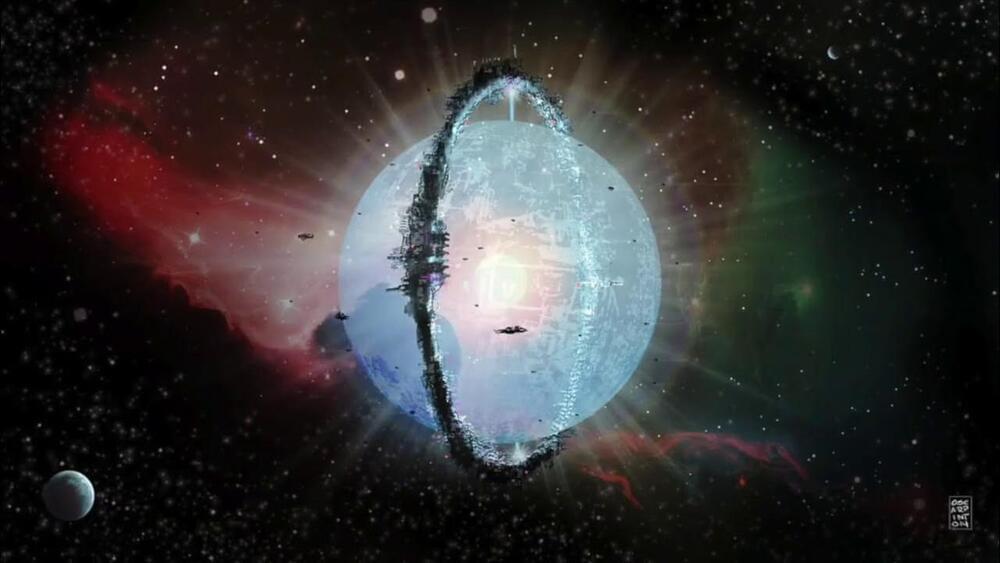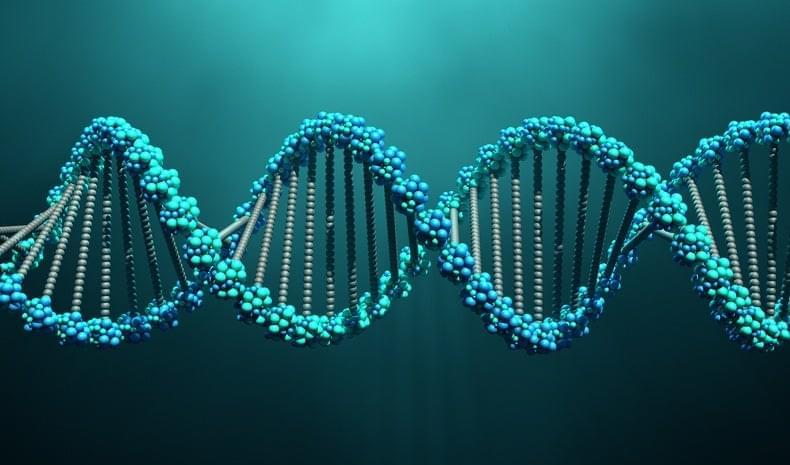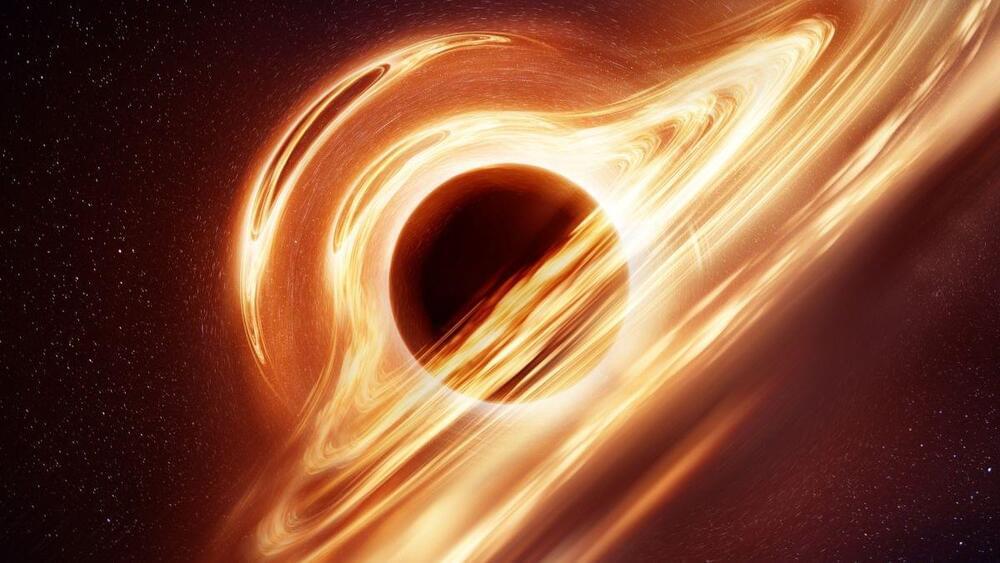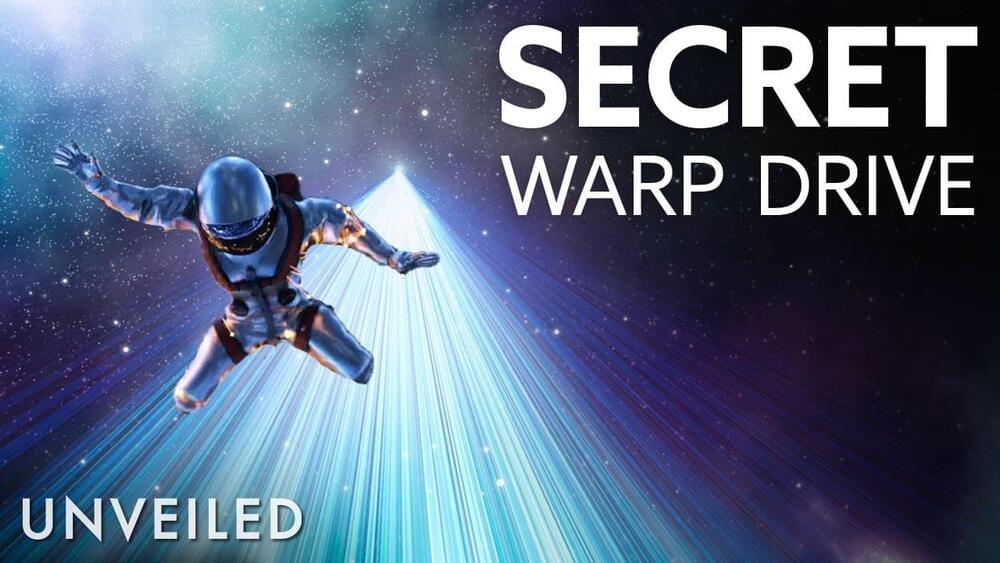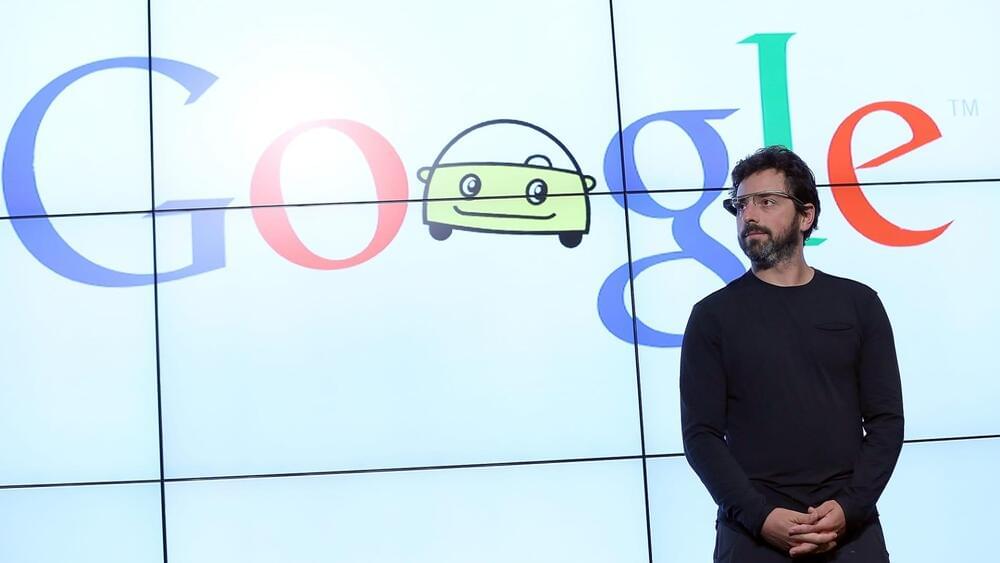
Google co-founder Sergey Brin has taken a rather similar stance as Tesla CEO Elon Musk on artificial intelligence, emphasizing AI dangers in a recent investor communication. According to the Russian-born billionaire, the present day is an era of possibilities, but it is also a time when responsibility has to be practiced, particularly when it comes to emerging technologies.
“We’re in an era of great inspiration and possibility, but with this opportunity comes the need for tremendous thoughtfulness and responsibility as technology is deeply and irrevocably interwoven into our societies,” he wrote.
Brin’s statements were outlined in Alphabet’s recent Founders’ Letter, where the 44-year-old billionaire described how Google is utilizing bleeding-edge technology for its ventures. While AI as a discipline is still an emerging field, Brin noted that there are already a lot of everyday applications for the technology. Among these are the algorithms utilized by Waymo’s self-driving cars, the smart cooling units of Google’s data centers, and of course, Google Translate and YouTube’s automatic captions.
